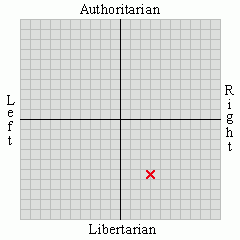 You can learn the official amount of national debt, to the penny, directly from the government. For instance. On
You can learn the official amount of national debt, to the penny, directly from the government. For instance. On That is the figure to consider when contemplating our national deficit – how much more we spend than we earn. If we had a truly balanced budget, our debt from one year ago would more or less equal our debt today; we’d have paid enough to service the debt but not to pay it down. The government uses a fiscal year that begins on July 1 and ends on June 30 (adjusted for weekends), but this is close enough for our purposes here.
Earmarks are claimed to account for $17.2 billion of this deficit. So if we’d had no earmarking going on, the deficit for the previous twelve months would have been, instead of $551.3 billion, only $534.1 billion. So getting rid of earmarked projects gets us less than 3% of the way to the finish line of a balanced budget. Now, if we look harder, we may well find more things we can call “pork” in the federal budget. The CAGW report I referenced above only refers to specifically earmarked things attributable to one or a few members of Congress.
Pork-barrel projects are particularly offensive, of course, and they are an easy way to get the process started. In the
Every new expenditure raises the deficit. Every new tax cut raises the deficit. Which is why I’m not entirely displeased with McCain’s proposed tax cuts actually being quite modest in scope; if he gets them and the no earmarks through Congress that is a net gain. But it’s also why I’m not impressed with the package as a whole – it won’t be nearly enough.







No comments:
Post a Comment